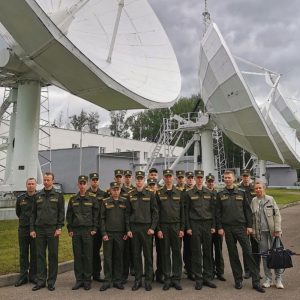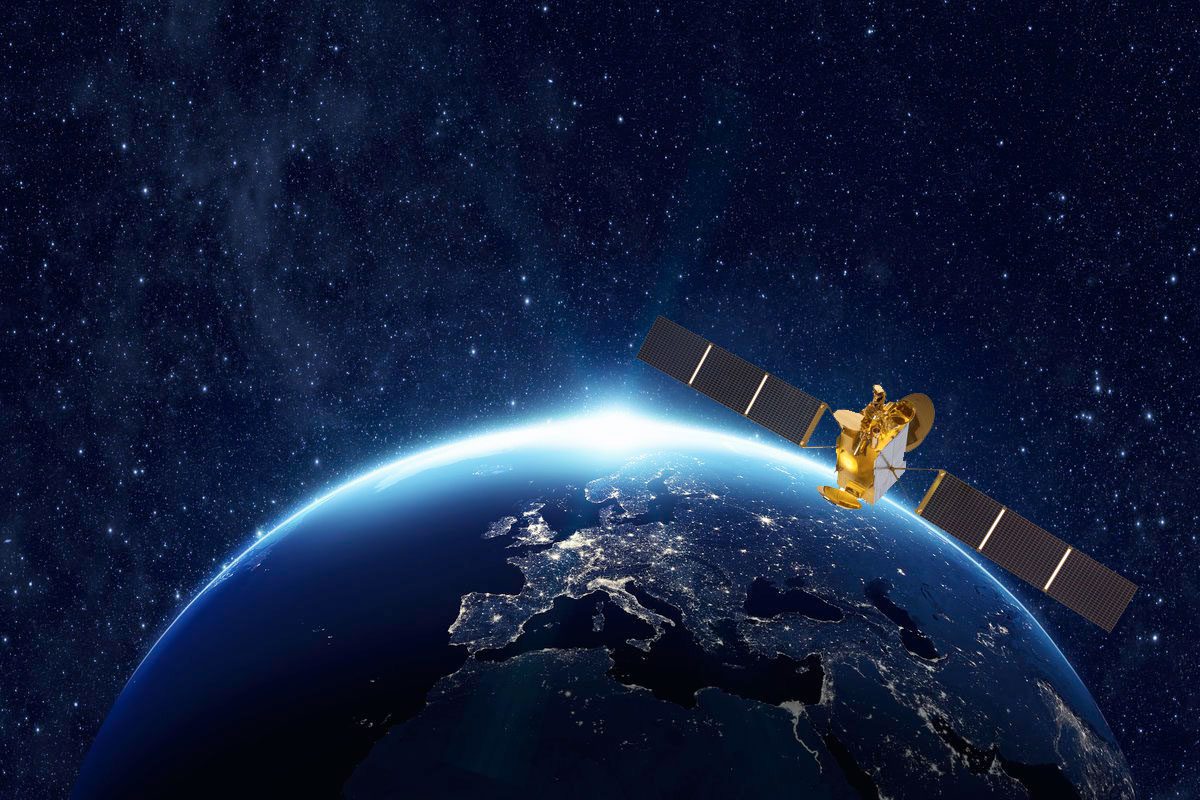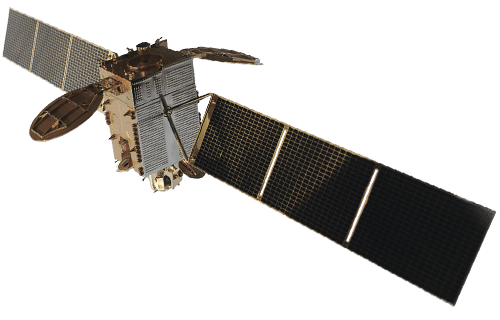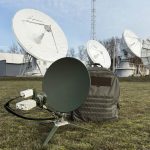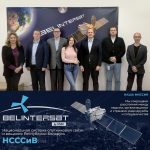In modern conditions, the role of satellite communications as a high-tech method of transmitting information and data cannot be overestimated. Satellite technologies are widely used for civil, commercial and military purposes.
Knowledge of satellite communication systems, the principles of their use and integration into the general outline of the armed forces organization is especially important for military communications specialists.
Thus, in order to improve the training of specialists of the Armed Forces of the Republic of Belarus, familiarize themselves with special-purpose technologies and developments, modern satellite communication systems, their operating experience, software, hardware and information support, on June 9, an introductory tour was held on the territory of the Ground Control Complex for cadets of the Communications and Automated Control Systems Department of the Military Academy of the Republic of Belarus.
The antenna field of the GCU became the first place for future communications engineers to get acquainted with the elements and features of the functioning of the NSSiV.
Head of the NKU Oleg Vinyarsky told our guests in detail about what the national satellite communications and broadcasting system is. Answers were given to questions about how the repeater in orbit interacts with ground stations located in the coverage areas, how the signal is amplified and redirected directly to the reception area, and what special equipment is needed to ensure continuous satellite communications in the field.
The cadets were interested in the features of the satellite antenna design, the influence of various factors on the quality of signal reception, the number of satellites that can be serviced by one antenna of a certain diameter.
At the flight control center, our guests got acquainted with the automated satellite control systems, the means of ensuring continuous communication with it, learned about the methods of analysis and control of the technical condition of the satellite, as well as how the calculation of controls for maintaining a given orbit is carried out.
In the Department of Television, Communications and Data Transmission of the Satellite Ground Application Center, cadets and group leaders received an idea of how to form a package of TV and radio programs within the framework of satellite broadcasting, organizing satellite data transmission networks and managing their operation depending on specific conditions.
The meeting was traditionally held in an open and friendly atmosphere.




